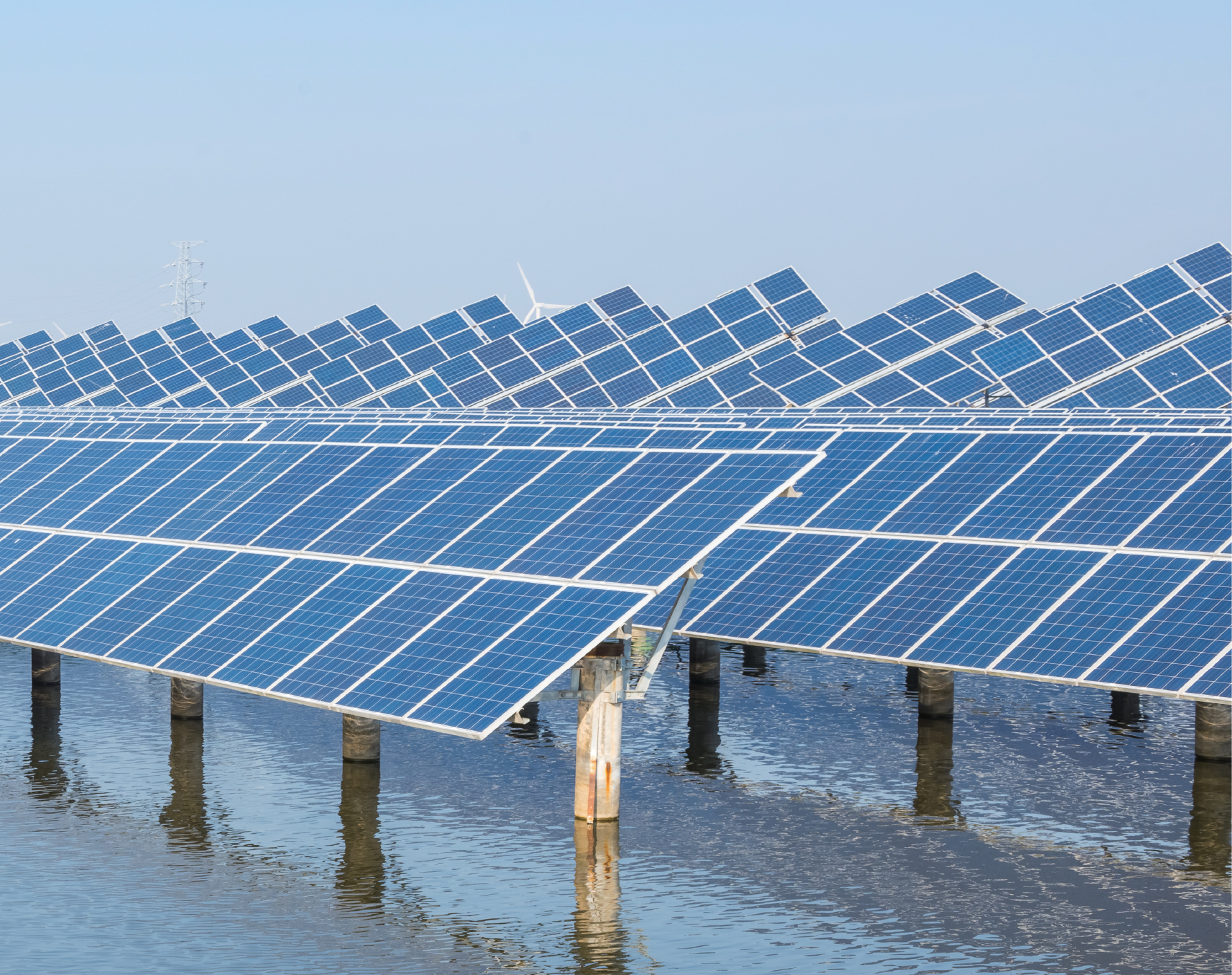Principle of Distributed PV


Investment of Industrial and Commercial Distributed PV Power Station
Industrial and commercial distributed PV power station refers to the solar system constructed on the roof, facade or auxiliary vacant space of industrial and commercial building (such as industrial park, commercial building, office building, plant building, logistic center & warehouse, utility building, hospital, school, hotel, shopping mall and transportation facility, etc.), which generates power and consumes most of it at the user-end, and feeds surplus electricity to the nearest grid.
_Page_4_Image_0001.jpg)
_Page_4_Image_0003-1.jpg)
_Page_4_Image_0002-1.jpg)
Investment of Residential Distributed PV Power Station
Residential distributed PV power station refers to the solar power system constructed on the roof or facade of residential house and villa, or its auxiliary vacant space, which adopts PV module to convert solar power to electricity, most of which is consumed at the user-end, and surplus electricity fed to the nearest grid.
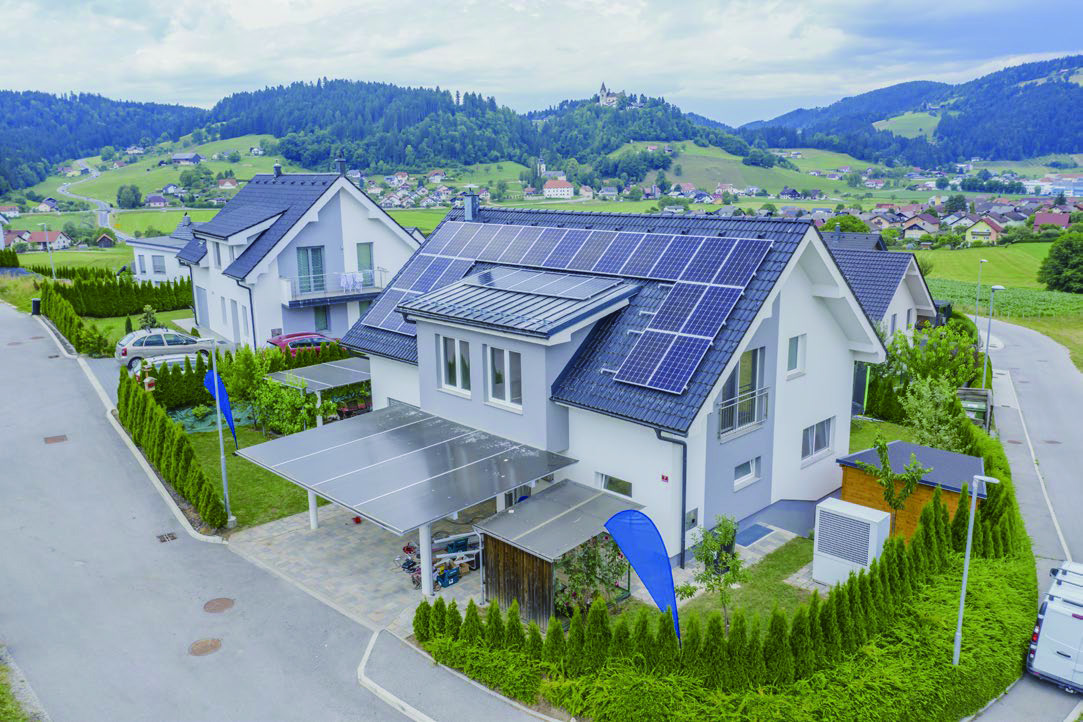
Investment of PV + Energy Storage System
Lesso, with self-manufactured products of PV module, energy storage system and charging pile, etc., is able to provide an integrated energy solution that combines PV solar power generation, energy storage, electric vehicle (EV) charging and battery detection together at one stop. Besides, we can offer lease finance solutions to clients, solving their financing difficulties and capital shortage problems.
Industrial and Commercial Rooftop PV Power Station
Advantages
Insulate heat and reduce building temperature: PV modules convert sunlight irradiation into electricity, and can play as a thermal insulation layer of roof top to reduce building temperature by 3-4℃.
Save energy and reduce emission: Solar power is inexhaustible green energy, and can alleviate urban electricity consumption and relieve power shortage pressure. Besides, by using solar power to reduce carbon emission, an enterprise can enhance brand image, save energy expenditure and strengthen competitiveness.
Increase usable floor space: If local authority permits, shed-type PV power stations, within authorized height limit, can be constructed on the rooftops of industrial and commercial buildings, then increased usable floor spaces or rooms are available for owners to meet different purposes.
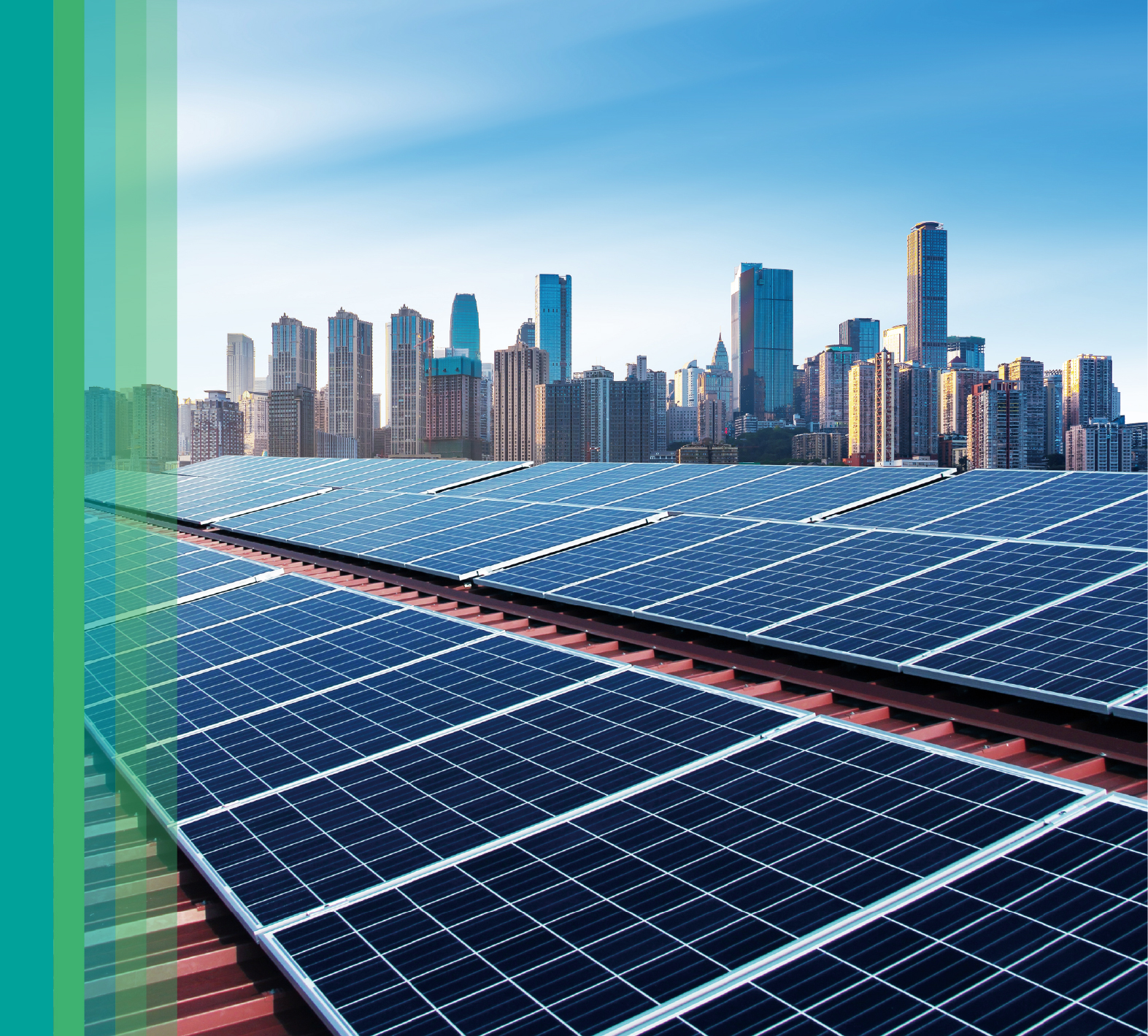
Accrue stable profits: Industrial and commercial businesses require high power consumption, and by developing and constructing rooftop PV power stations, can harvest cheap and clean green electricity efficiently and conveniently at daytime to save power bills and increase profit. A PV power station can run safely and efficiently over 25 years, and its ROI is 15% or more.
Enterprises can use the free electricity generated from PV power station directly and reduce consumption of grid electricity, so as to reduce power cost. If accessible, a PV power station can be connected with grid and sell green electricity to grid to make profit. Besides, in many countries, carbon emission allowances can be converted from the quantity of PV green power, and sold on carbon exchange market to make extra profits.

Residential PV Power Station
Advantages
Increase usable floor space: If local authority permits, shed-type PV power stations, within authorized height limit, can be constructed on the rooftop of residential houses, then extra usable floor spaces or rooms are available for owners to meet different purposes.
Insulate heat and reduce building temperature: PV modules on rooftop can absorb sunshine and heat and play as a thermal insulation layer over rooftop to reduce building temperature by 3-6℃, especially in summer. Meanwhile, PV panels will protect rooftop and help delays the aging of it.
Prevent seepage and leakage of rooftop: PV panels can protect rooftop by reducing the exposure to sun and heavy rain, and thus prolong the life span and maintain the value of the building.
Triple lightning protection: With the built-in triple lightning protection system, PV power station is safe and able to protect family, rooftop and home appliances in the building from lighting damages.
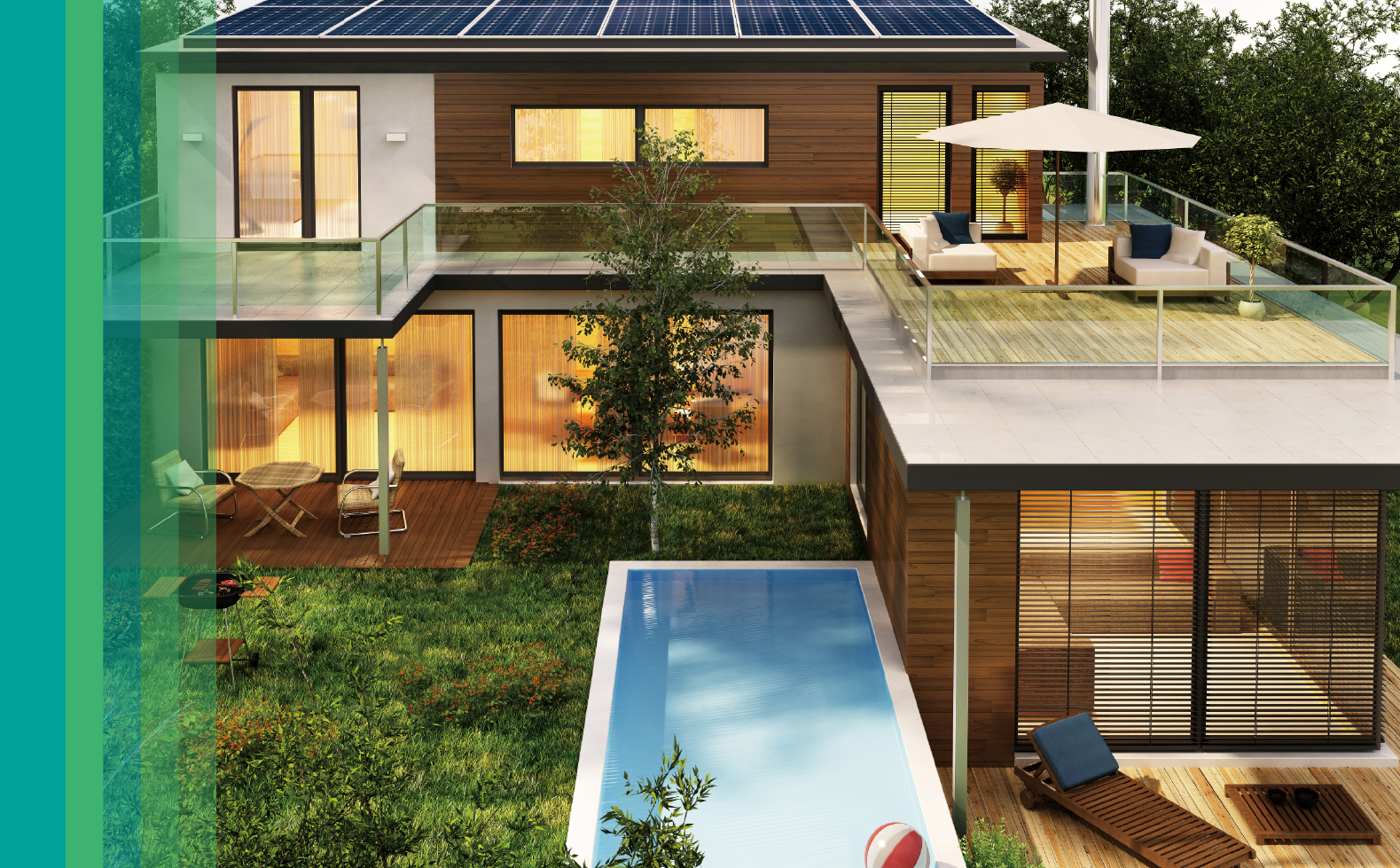
Reasonable capacity increase: If the installed capacity of PV station reaches 12.97 kw or more (subject to local standards), the self-built house can be upgraded to 380V three-phase four wire electricity meter, large electrical appliances and multi electrical appliances are no longer tripped and can be used as you wish.
Convenient to use and intelligent contro: A PV power station runs automatically and can be conveniently connected to existed power wiring and intelligently controlled through mobile APP.
Green energy: PV power stations produce no noise, pollution or radiation. Each 10 kW PV installation is equivalent to plantation of 1060 trees per year. Generating 10 kWh green power is equivalent to save 4 kg of standard coal and 40 L of purified water, and reduce pollution emission of 2.72 kg of carbon dust, 9.97 kg of CO2, 0.3 kg of SO2 and 0.15 kg of NOx.
Save electricity and sell electricity to grid: PV power can be either consumed by owners themselves to save electricity bills, or if access power available, sold to grid for more profit.
Safe and reliable to use: With a designed lifetime of 25-30 years and 25-year linear power performance warranty, a PV system can run safely and reliably under proper maintenance in a very long term.
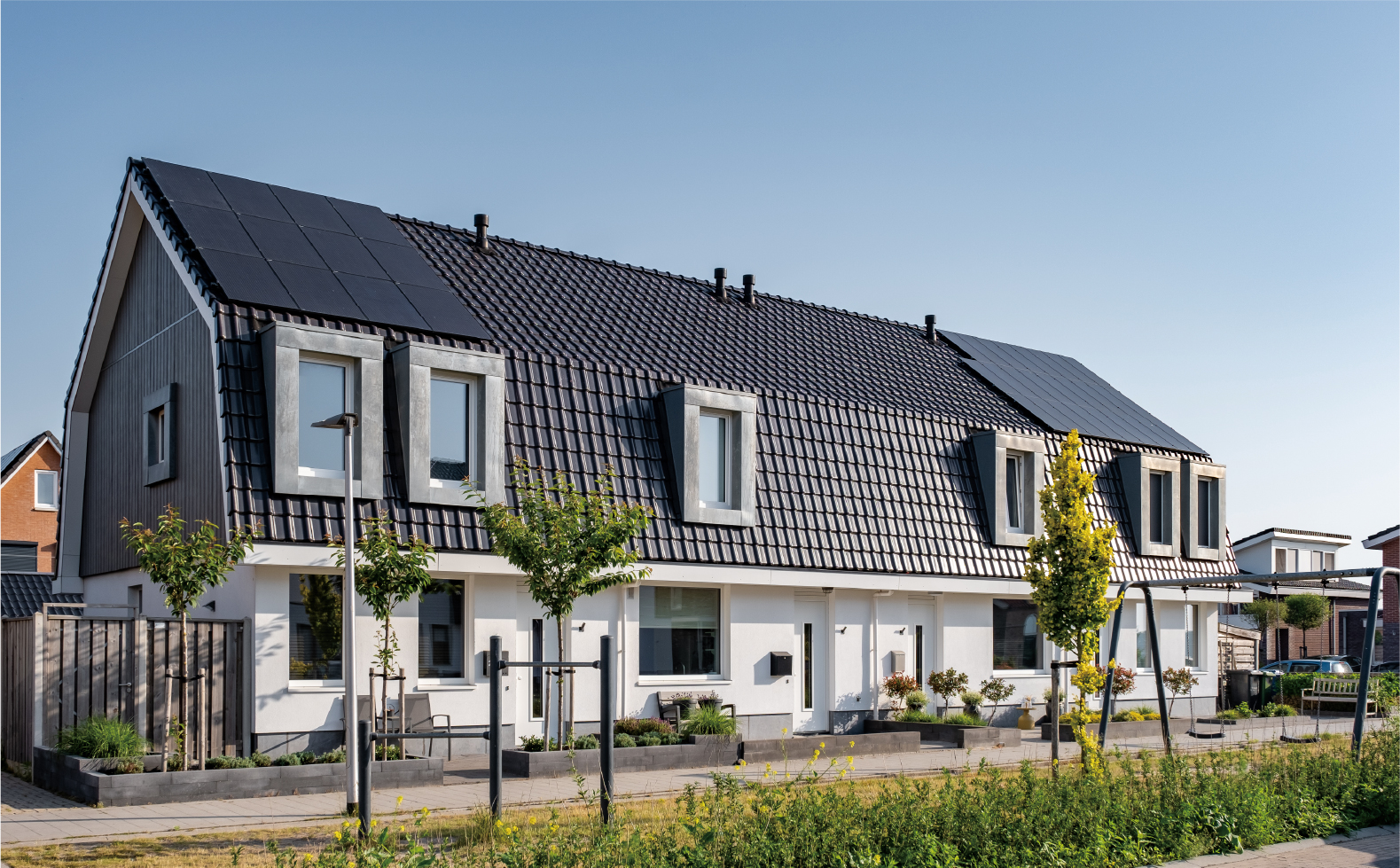
Agriculture-Complementary
PV Power Station
Agriculture-complementary PV power station is a new development mode of combining PV power stations constructed on top of greenhouses or pillars and agricultural plantation under it.
By constructing agriculture-complementary PV power stations, clean energy can be generated and connected to grid, and meanwhile, modern high-efficient agriculture can be developed, thus intensively utilizing sunshine and land resources and improve their values and profits. This new mode produces no pollution or emission and doesn’t occupy farmland.
Mode:PV power generation on the top of the shed, vegetables are planted in the shed, and the power can be used not only by the shed, but also connected to the public power grid to sell electricity and get new energy subsidy.
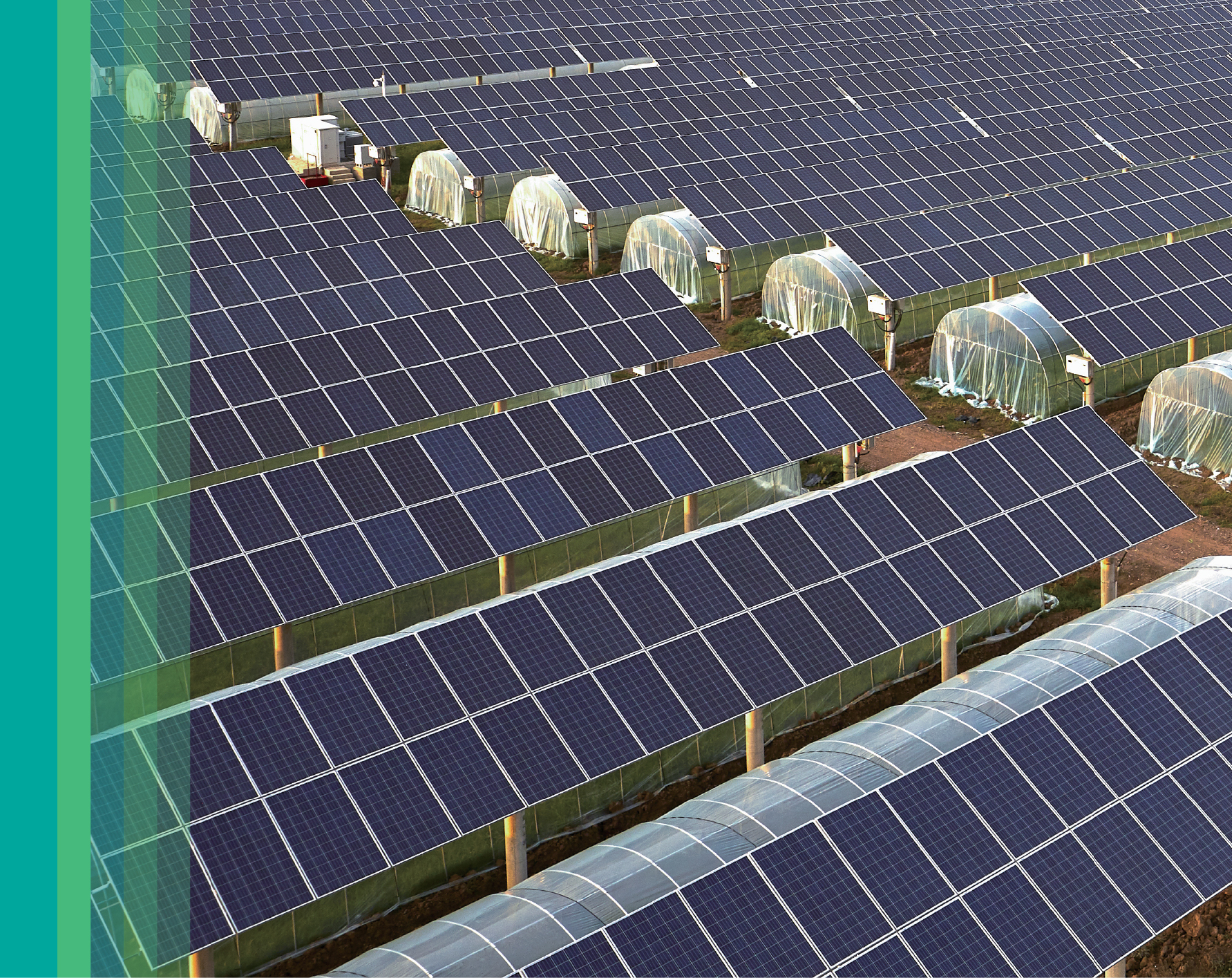
Aquaculture-Complementary
PV Power Station
Aquaculture-complementary PV power station is a combination of PV power station and fish culture. In this combined mode, PV panels or arrays are installed over fish ponds, which can offer shelter and shade to them and maintain temperature and oxygen content of pond water, so as to help the growth of aquaculture.
Aquaculture-complementary PV power station is a typical example of scientific land utilization and clean energy generation. By combining PV power generation and aquaculture above and in the fish ponds, lands are utilized more efficiently and can produce more social and economic profits.
